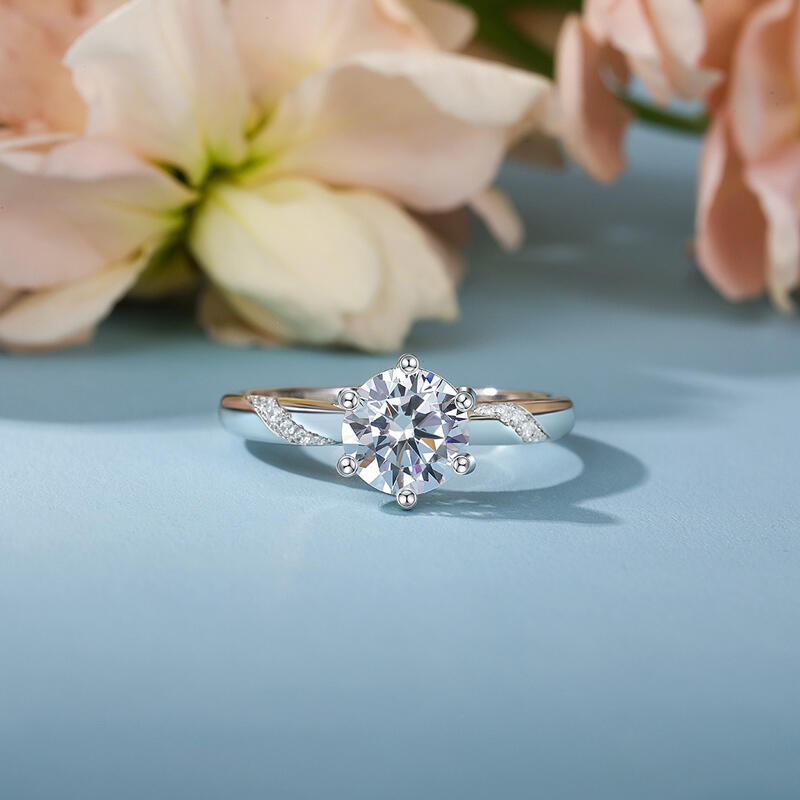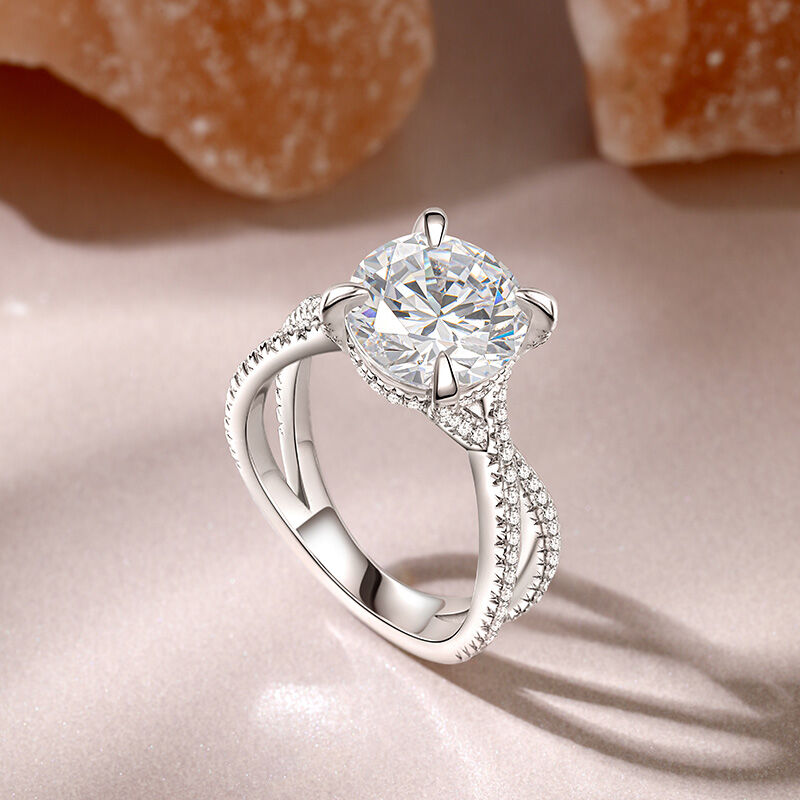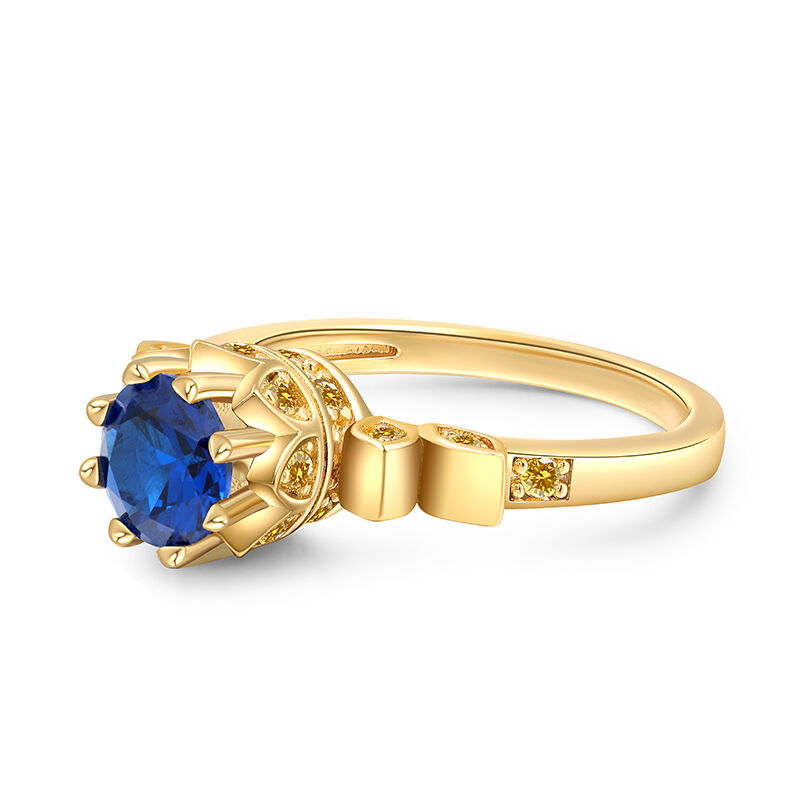Classic Engagement Rings
 Classic engagement rings are enduring symbols of love, commitment, and timeless elegance, defined by specific design elements that have remained popular for more than a century.
Classic engagement rings are enduring symbols of love, commitment, and timeless elegance, defined by specific design elements that have remained popular for more than a century.
Solitaire Engagement Rings: The quintessential characteristic of a classic engagement ring is the solitaire setting. This design features a single, prominent diamond mounted on a plain metal band. The brilliance of the solitaire lies in its simplicity; by isolating the stone, the setting maximizes light entry from all angles, enhancing the diamond’s fire, brilliance, and scintillation.
Developed by Tiffany & Co. in 1886, six prong engagement ring , creating an optical illusion of a larger, floating stone while allowing maximum light exposure. A four-prong engagement ring is also frequently used for a slightly more angular look.
Round Cut Engagement Rings: By far the most popular and historically classic shape, the round brilliant is engineered with 57 or 58 facets to return the highest possible amount of light, maximizing sparkle and brilliance.
Princess Cut Engagement Rings: Developed later in the 20th century, the square princess cut has quickly become a classic alternative, appreciated for its contemporary crisp lines combined with brilliant faceting.
Emerald Cut Engagement Ring: These step cuts offer a different kind of classic elegance. Known for their rectangular or square shapes with truncated corners and parallel facets, they prioritize clarity and deep, flashing reflections (“hall of mirrors” effect) over intense sparkle.
While the solitaire dominates, classic designs also encompass settings that offer subtle enhancements:
Halo Engagement Rings (Vintage Classic): While highly popular today, the halo (a ring of smaller accent stones encircling the center stone) is rooted in the Art Deco and Victorian eras. This style maximizes the perceived size of the center diamond while adding an extra layer of sparkle.
Three-Stone Engagement Rings (Trilogy Ring): Famous for symbolizing the past, present, and future of a relationship, this setting features a central diamond flanked by two slightly smaller stones (often matching the center stone’s shape). It is a luxurious classic that provides significant finger coverage.
The enduring popularity of classic engagement rings stems from their inherent heirloom quality. They are simple enough to accommodate any wedding band style, versatile enough to match any personal style, and robust enough to last for generations. A classic ring is not susceptible to fleeting trends; its beauty lies in the perfect geometry, the quality of the materials, and the timeless focus on the single, perfect representation of enduring love.






